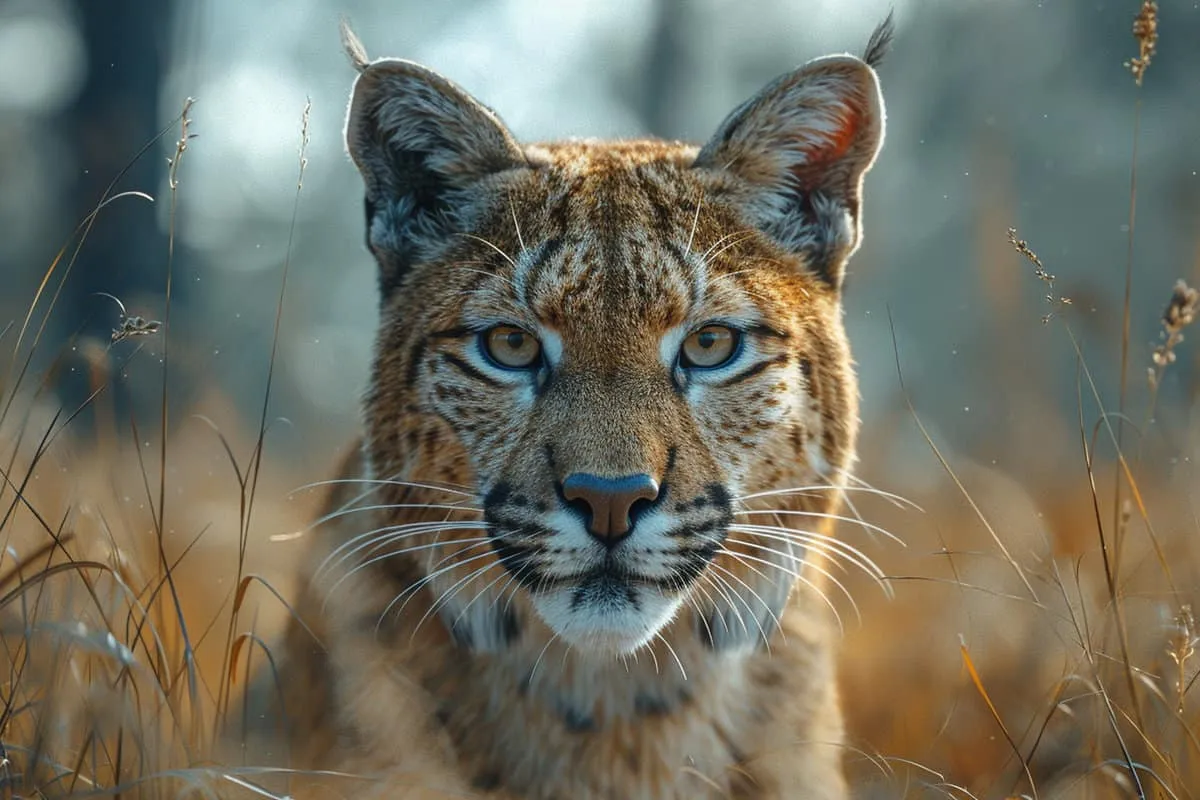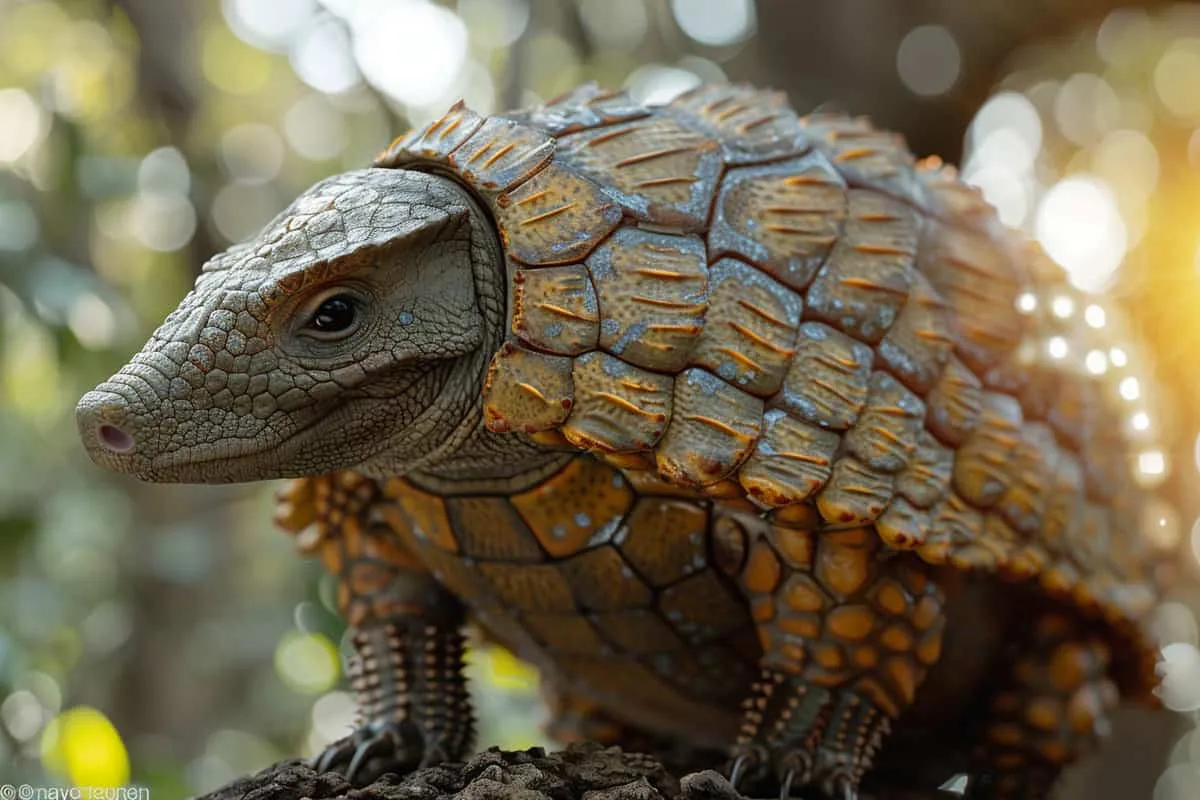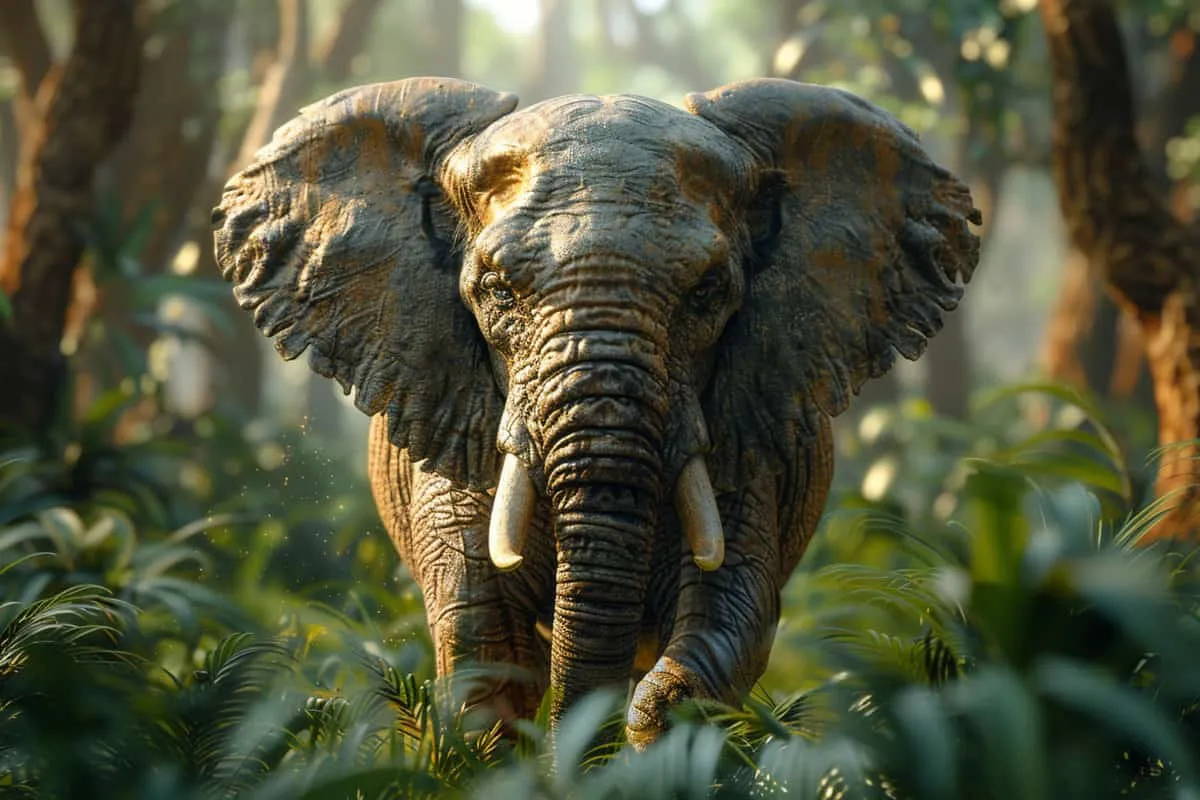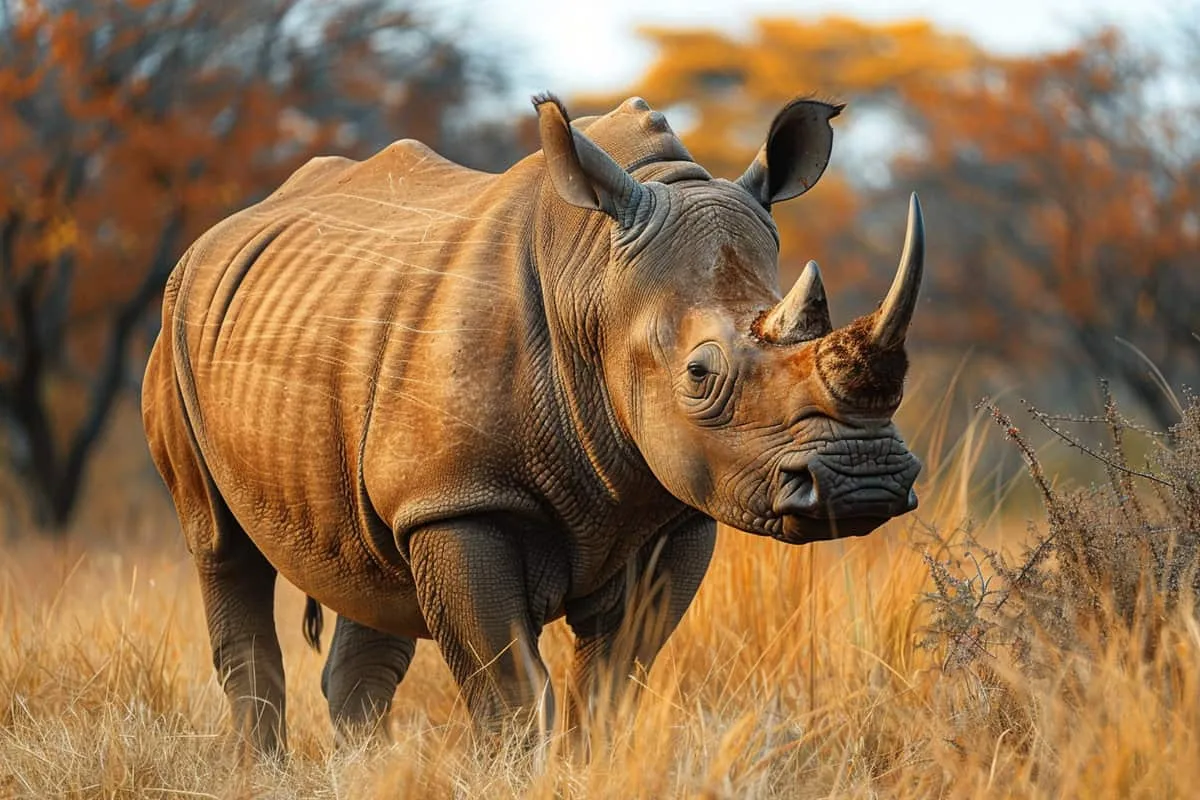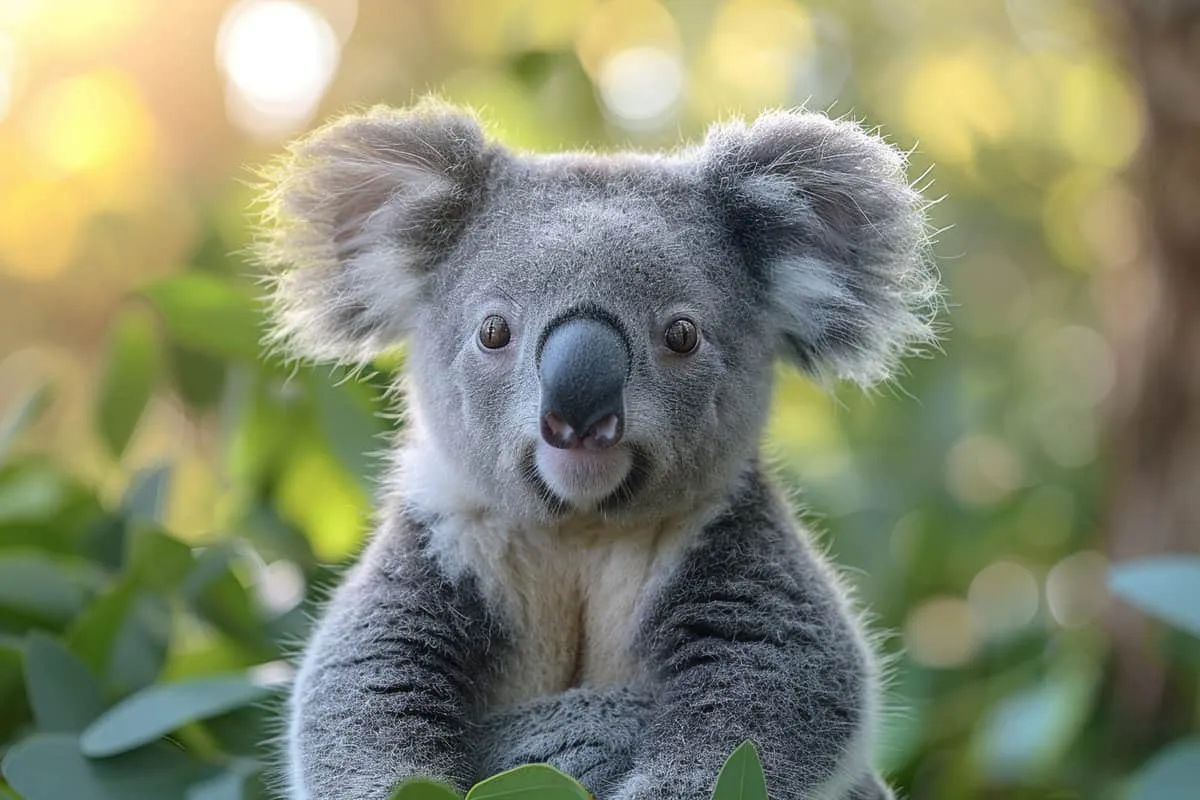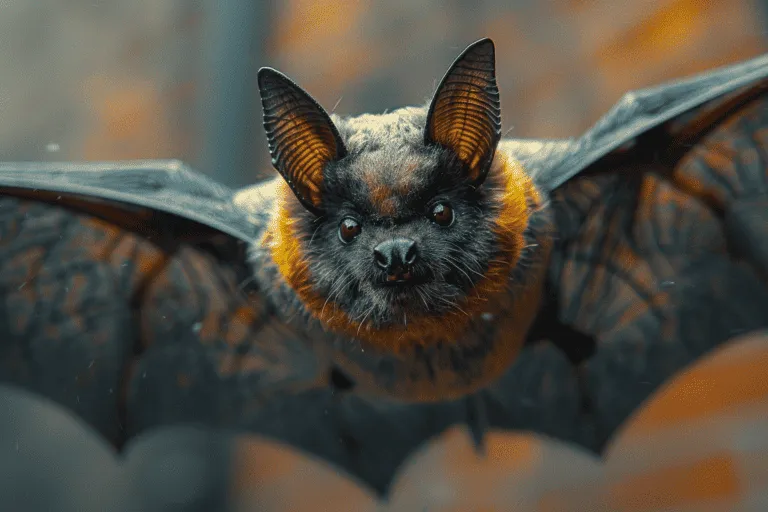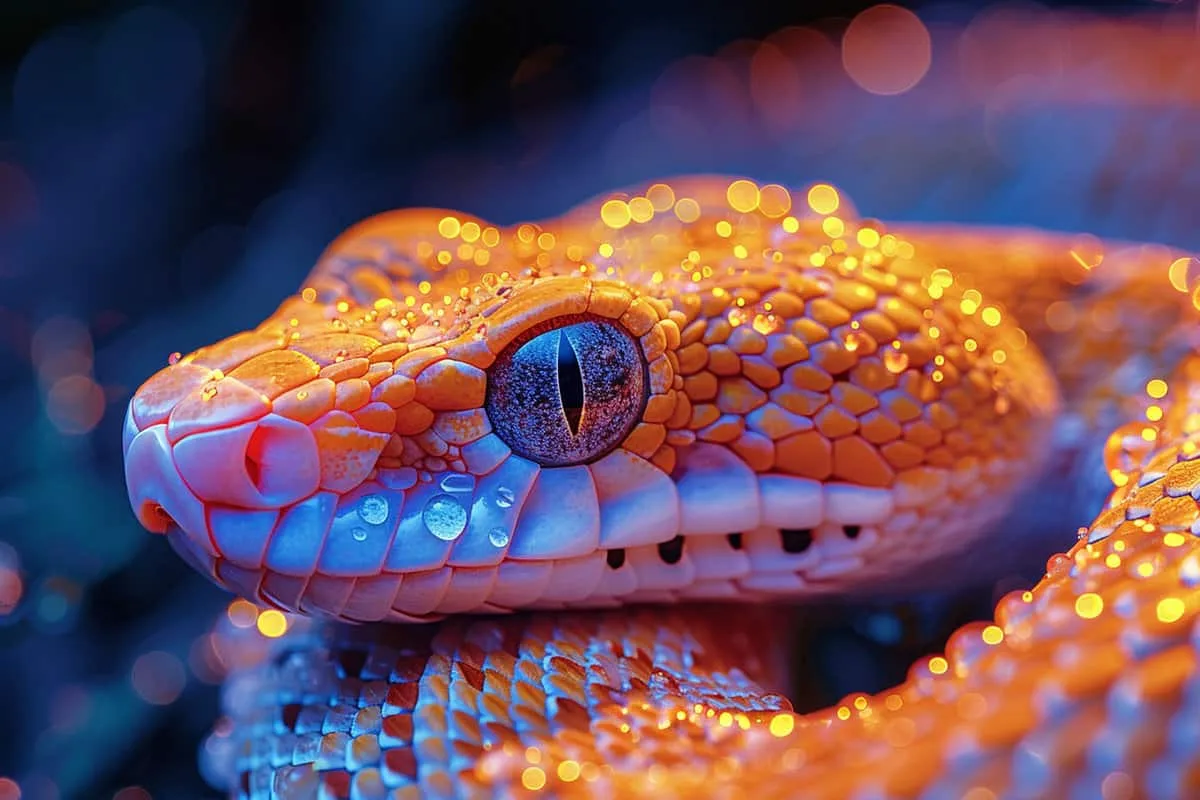10 Cougar Facts (Insights on Behavior, Diet, and Habitat)
Cougars, majestic and mysterious, roam the wild with an air of elegance that captivates all who learn about them.
These powerful predators carry secrets in their stride, from their remarkable hunting skills to their solitary lifestyle that puzzles many.
Diving into the world of cougars reveals a fascinating blend of strength, stealth, and survival tactics that defy our understanding of the animal kingdom.
As we peel back the layers of these enigmatic creatures, prepare to be amazed by what you discover.
So if you’re eager for a journey into the unknown realms of wildlife wonders, scroll down for insights into our top cougar facts.
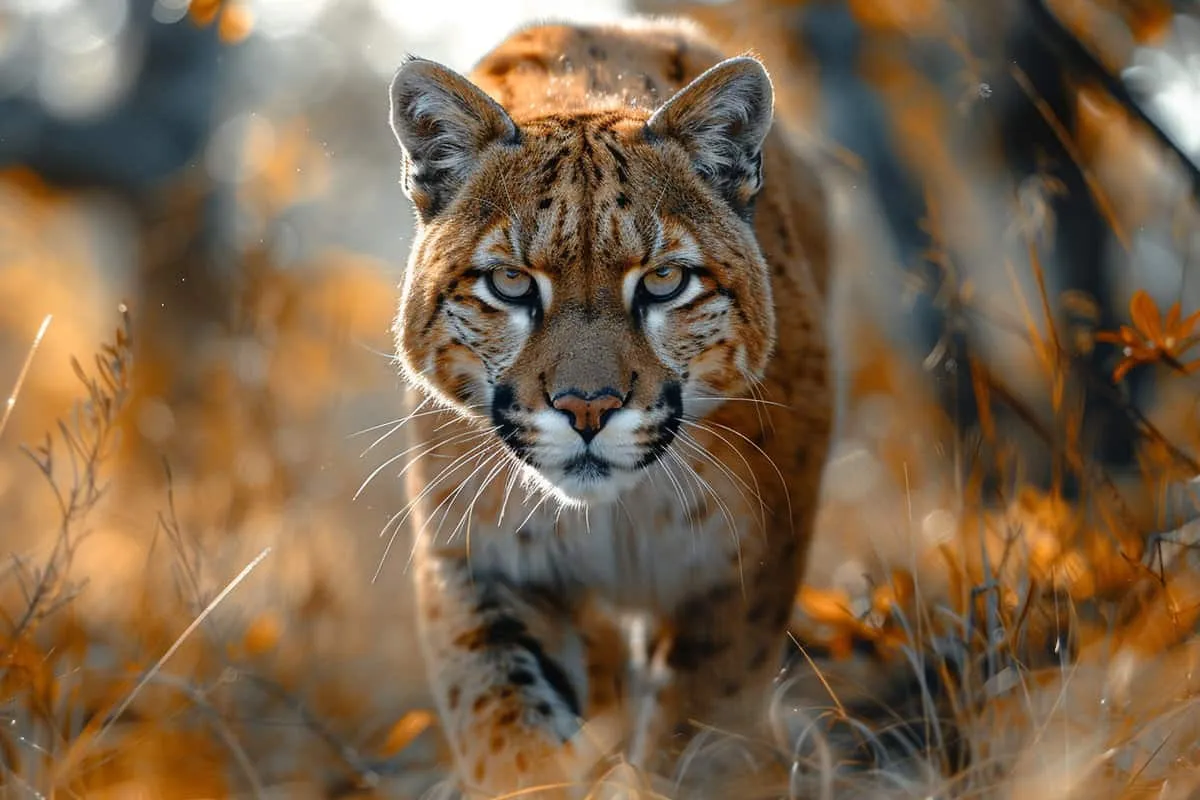
1. Wide Geographic Range: From Canada to South America
Cougars are truly remarkable for their wide geographic range. They make their homes in a variety of habitats, from the dense forests of Canada to the mountainous deserts in the southern Andes.
This adaptability allows them to thrive across two continents, showcasing an impressive ability to adjust to different environments.
Their distribution doesn’t stop there; cougars are found throughout many areas in the Western Hemisphere. In fact, they have one of the largest ranges of any wild terrestrial mammal in the Americas.
Their territory spans thousands of square miles, covering parts of North and South America.
One interesting aspect is how younger male cougars play a significant role in expanding this range.
These adventurous males often migrate long distances—hundreds or even thousands of km2—in search of new territories and mates.
This not only demonstrates their incredible adaptability but also contributes to their widespread distribution across diverse landscapes.
In terms of numbers, studies have tracked cougar movements over vast regions, highlighting both their solitary nature and expansive territorial claims that can exceed 100 mi² (259 km²) for a single individual.
From roaming the United States’ mountainous areas to navigating through spots as far south as Chile and Argentina, cougars embody versatility like no other predator in the world.
2. Solitary and Territorial Animals
Cougars are known for their solitary nature, preferring to live alone most of the time. The only exception is during mating season when they seek out each other’s company.
These secretive animals are highly territorial and take measures to ensure others know which land is theirs.
To mark their territory, cougars use scratches on trees and leave scents. This behavior serves as a warning to other cougars not to invade their space.
It’s fascinating how these methods communicate boundaries without the animals ever having to meet face-to-face.
The size of a cougar’s territory can greatly vary. Several factors influence this, including the availability of food and the geography of the area.
In regions where prey like deer, mountain goats, and sheep are abundant, territories might be smaller because less ground needs to be covered for hunting.
Conversely, in areas with little vegetation or fragmented landscapes caused by human activity, cougars may have larger territories due to the need to search more extensively for food.
Males typically have larger territories than females, possibly due to their role in seeking out mates across wider areas.
This difference in territory size between males and females highlights how resource availability and reproductive roles shape the behaviors of these magnificent cats.
3. Remarkable Jumping Ability: Up to 18 Feet Vertically
Imagine a creature that can leap the length of a school bus in just one jump. Cougars, with their powerful leg muscles, can do exactly that.
They have an impressive ability to jump 18 feet high and cover 40 feet in distance from a standing position. This fact alone puts them among the top athletes of the animal kingdom.
Cougars use this remarkable jumping skill for more than just showing off. In the wild, it’s a critical part of how they catch their dinner.
By leaping from above, cougars can ambush unsuspecting prey before it even knows what hit it. This element of surprise is key to their hunting strategy.
But it’s not all about food. Sometimes, cougars need to make quick getaways too.
Whether they’re escaping larger predators or navigating through rough terrain filled with rocks and trees, being able to spring up or across vast distances helps keep them safe.
What makes these leaps even more astonishing is when you consider the size of these big cats—weighing up to 220 pounds (100 kg) and measuring over 8 feet (2.4 meters) long from nose tip to tail end!
It’s like watching a professional athlete perform at their peak but in the wild.
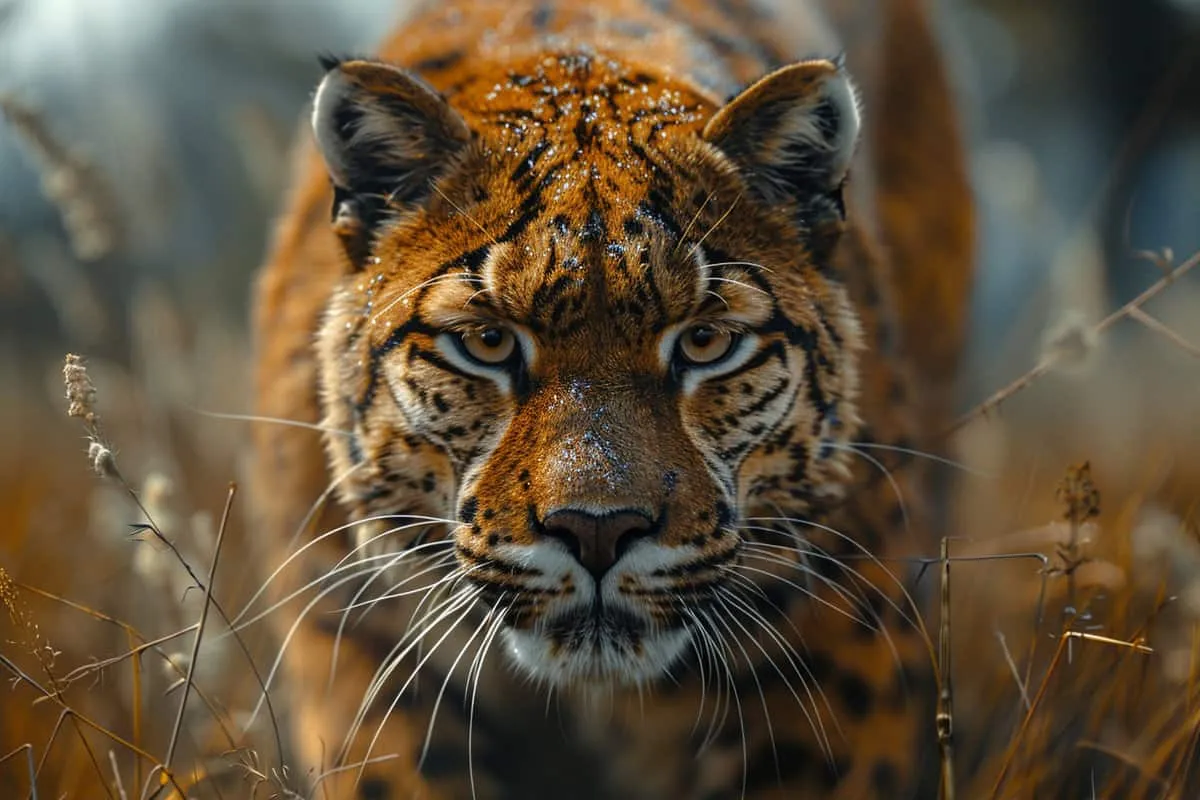
4. Cougars Are Not True Big Cats: They Can’t Roar
Cougars fall into the “lesser cat” category because of how their vocal cords are built. Unlike lions, tigers, and other big cats that can roar loudly, cougars communicate in a different way.
They use hisses, purrs, and growls to talk to each other.
This unique feature sets them apart from the more well-known big cats. It’s all about their vocal anatomy – they simply lack the physical structure needed to produce a roar.
Instead of roaring, cougars have developed a range of other sounds for communication.
Interestingly, this doesn’t make them any less formidable in the wild. Cougars are still top predators in their habitats.
They might not roar like a lion or tiger but don’t let that fool you; these animals are incredibly powerful and agile hunters.
They share some similarities with smaller felines too. For example, just like your pet cat at home might purr when content or hiss when threatened, cougars express themselves similarly but on a much larger scale.
5. Diverse Diet: From Insects to Large Ungulates
Cougars are not picky eaters. Their diet mainly consists of deer, but they don’t stop there.
When the going gets tough, these adaptable predators will switch up their menu to ensure survival.
In areas where large mammals like bighorn sheep roam, cougars use their powerful hind legs to leap and take down these sizable prey. This skill shows how versatile they can be in hunting different types of food based on what’s available.
But it’s not all about big game for cougars. They also have a taste for smaller fare.
When larger animals are scarce, cougars will hunt smaller creatures. Yes, even insects become part of their diet!
It might seem surprising, but consuming these tiny critters helps them get by during lean times.
This dietary flexibility is key to the cougar’s survival across various environments.
Whether it’s dense forests or mountainous regions, being able to adjust their food intake allows them to thrive almost anywhere.
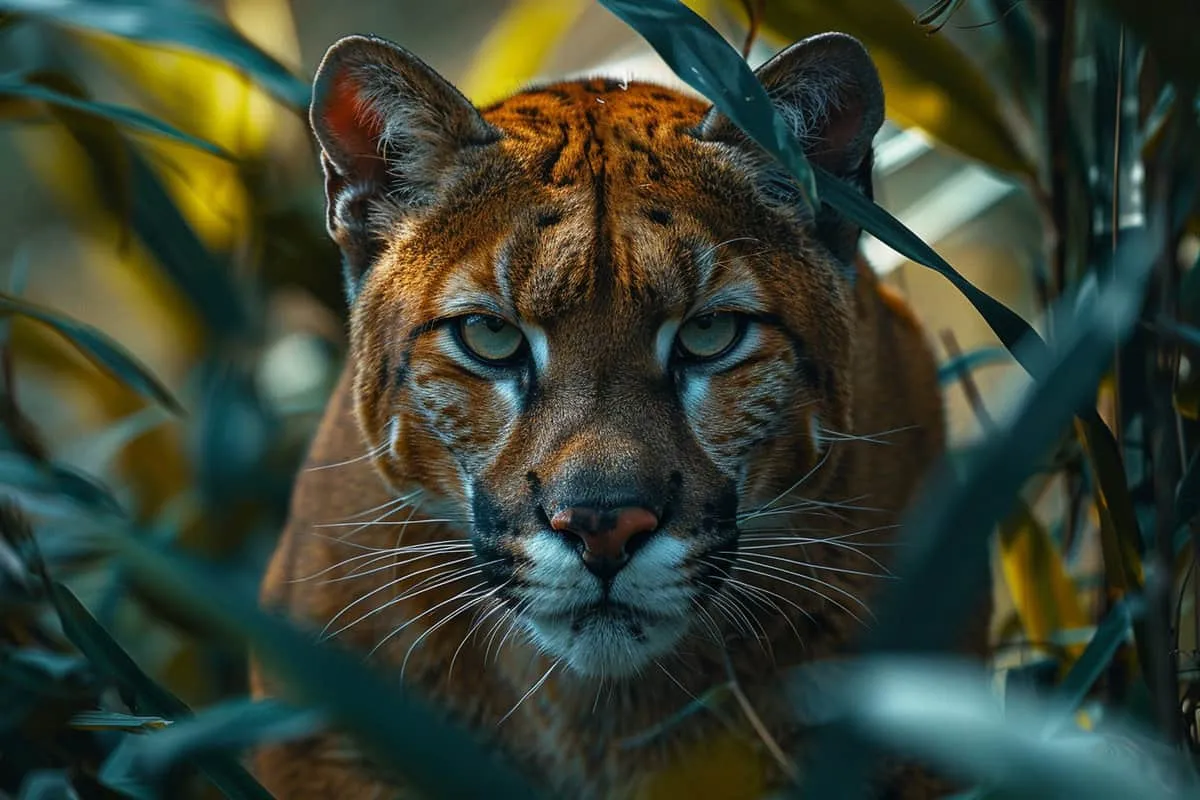
6. Cougars Use Stealth to Hunt, Not Speed
Cougars hunt in a way that’s quite different from many other predators.
Instead of chasing their prey over long distances, they rely on surprise and stealth.
This method allows them to conserve energy and increase their chances of a successful hunt.
These big cats are masters at moving silently through dense underbrush.
They use this skill to get as close as possible to their target without being detected. The closer they can get before attacking, the higher their success rate.
When it comes time to attack, cougars prefer to approach from behind or the side for a quick kill. This tactic minimizes the risk of injury and ensures that the prey has little chance of escaping.
- Stealthy Approach: Cougars use camouflage and move quietly to sneak up on prey.
- Surprise Attack: They strike from behind or the side for an efficient kill.
7. Communication Through Visual and Chemical Signals
Cougars have a unique way of saying “I was here” or “I’m ready for love.” They use their pee and poop to mark their territory.
This might sound gross, but it’s like leaving a note for other cougars. It tells them who owns the space and if someone is looking for a mate.
But that’s not all. Cougars also scratch trees. Imagine writing your name on a tree with sharp claws; that’s what they do. This leaves visible marks, showing others they’ve been around.
Their faces and bodies tell stories too. Just like humans, cougars use facial expressions and body language to show how they’re feeling or what they intend to do next.
- Urine and feces: Marking territory & signaling readiness to mate.
- Scratch trees: A visual “I was here” sign.
- Facial expressions & body language: Shows mood & intentions without making a sound.
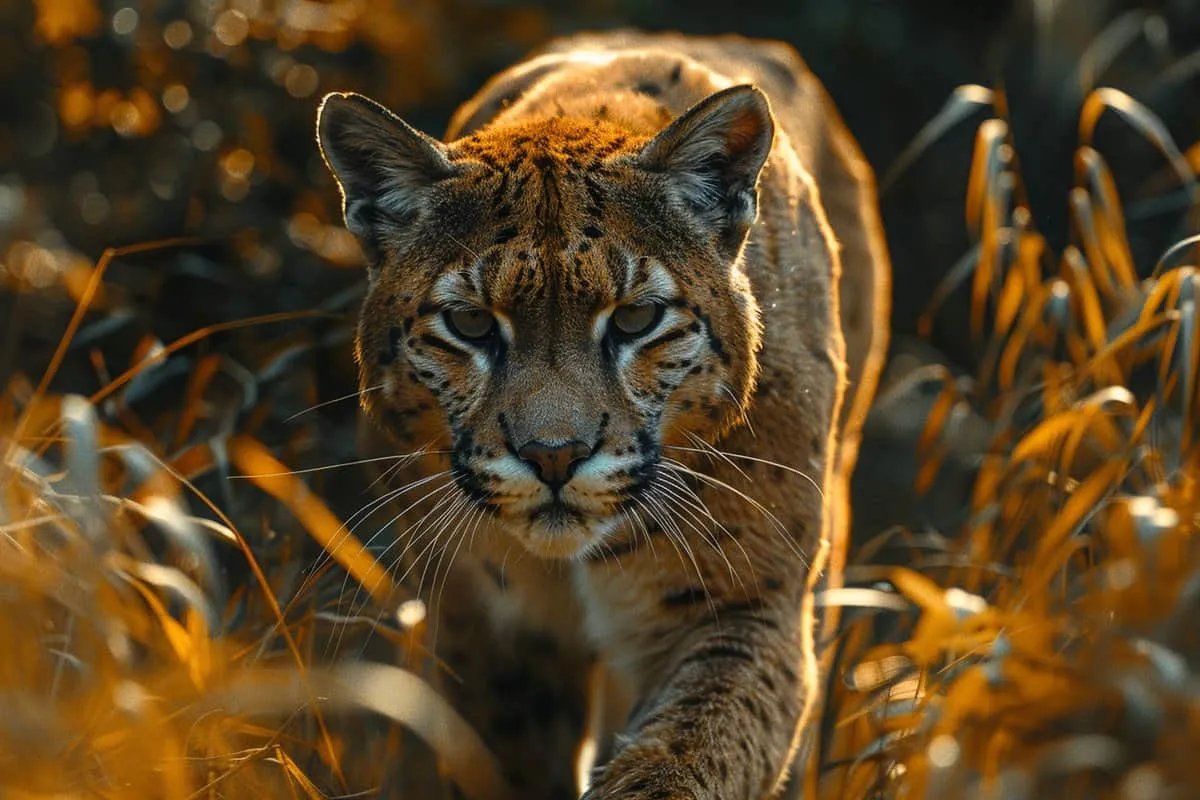
8. Lifespan: Up to 20 Years in the Wild
Cougars, fascinating creatures of the wild, have an average lifespan ranging from 8 to 13 years. However, some can live up to a remarkable age of 20 years when conditions are favorable.
The key factors that determine how long these majestic animals live include the quality of their habitat, availability of food, and the impact humans have on their environment.
In the wild, adult males play a crucial role in maintaining territory and ensuring access to mates. This territorial behavior is vital for survival but can also lead to conflicts that affect longevity.
Cougars reach sexual maturity at about two or three years of age and have a gestation period lasting approximately 90 days, leading to birth usually at dusk or dawn when it’s safer from predators.
The young cougars are born with blue eyes and rely heavily on their mother’s parenting skills during the first few months. Learning how to hunt effectively is essential for their survival into adulthood.
Successful kills provide necessary nourishment not just for themselves but also for any offspring they might have in future.
Interestingly, cougars living in captivity often enjoy longer lives than their wild counterparts due to regular medical care and consistent food sources.
In zoos or wildlife sanctuaries, it’s not uncommon for them to surpass the typical lifespan seen in nature.
9. Conservation Status: Least Concern, But Local Threats Exist
Cougars are classified globally as “Least Concern” by conservationists. This means they’re not currently at risk of extinction across their entire range. However, local threats paint a different picture for these majestic animals.
Habitat loss is a significant threat to cougar populations in certain areas. As humans expand into natural areas, cougars lose the spaces they need to hunt and live. Habitat fragmentation, where large habitats are broken into smaller patches by roads or developments, also poses a big problem.
Illegal hunting further complicates the survival of cougars in some regions. Despite laws protecting them, poaching continues due to various reasons including fear, sport, and retaliation for livestock losses.
Road accidents are another unexpected but real danger for cougars. Highways cutting through their territories increase the chances of fatal collisions with vehicles.
Conservation efforts are crucial in addressing these challenges:
- Protecting habitats from further loss and fragmentation.
- Implementing measures to reduce human-wildlife conflicts.
- Educating communities about coexistence with wildlife.
These actions aim not just to protect cougars but also maintain biodiversity and ecosystem health where they live.
10. Human-Cougar Conflicts Are Increasing
As cities and towns expand, they often move into areas where cougars live. This means more chances for people and cougars to run into each other.
When humans build homes in the cougar habitat, it’s like we’re moving into their backyard.
Cougars sometimes hunt farm animals for food. This can make farmers and ranchers upset because they lose their livestock. To protect their animals, some may decide to kill the cougars that come too close.
But there are ways to live together without problems. Education is key here. People need to learn about how cougars behave and what we can do to avoid conflicts with them.
Here are a few tips:
- Keep pets inside at night since this is when cougars are most active.
- Install lights around your home; cougars prefer dark areas.
- Don’t feed wildlife as it can attract cougars looking for an easy meal.
Attacks on humans by adult male or female cougars are rare but can happen, especially if a cougar feels trapped or threatened. Most of these accidents occur because people accidentally surprise a cougar or get too close to its babies.
Frequently Asked Questions
Can cougars really jump up to 18 feet vertically?
Absolutely! Cougars are the Olympic athletes of the animal kingdom, able to leap up to 18 feet straight into the air. It’s like jumping over a one-story building in a single bound!
Why can’t cougars roar like other big cats?
Cougars missed out on the roaring club because they lack a specialized larynx and hyoid apparatus that true big cats have. Instead, they communicate with hisses, growls, and purrs – think of them as the strong, silent type.
What do cougars eat?
Cougars aren’t picky eaters; their diet is quite diverse. They dine on everything from tiny insects to large ungulates. If it moves, it’s on the menu.
How do cougars hunt their prey?
Stealth over speed is the cougar’s motto. They’re like ninjas of the wild, using cover and patience to get close before launching a surprise attack. No need for high-speed chases when you’ve got strategy.
How long can cougars live in the wild?
Cougars can live up to an impressive 20 years in their natural habitat. That’s two decades of prowling forests and mountains – quite a lengthy career in wilderness exploration!
Are cougars considered endangered species?
Not globally; they’re listed as “Least Concern.” However, local populations face threats from habitat loss and conflicts with humans which puts pressure on certain areas.
Why are human-cougar conflicts increasing?
As we encroach more into cougar territories looking for space or adventure, run-ins are becoming more common.
It’s like if someone kept walking through your living room uninvited – you’d probably have something to say about it too!

